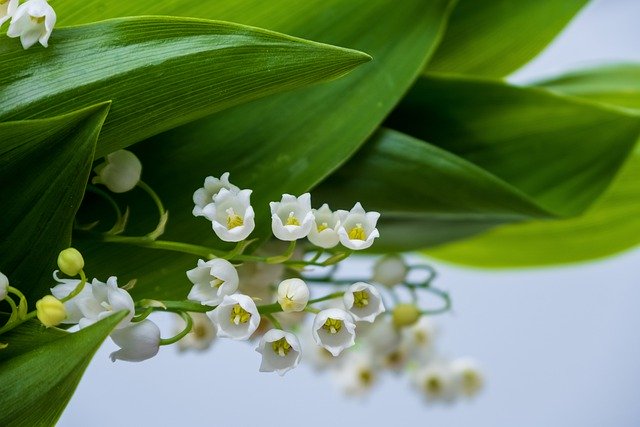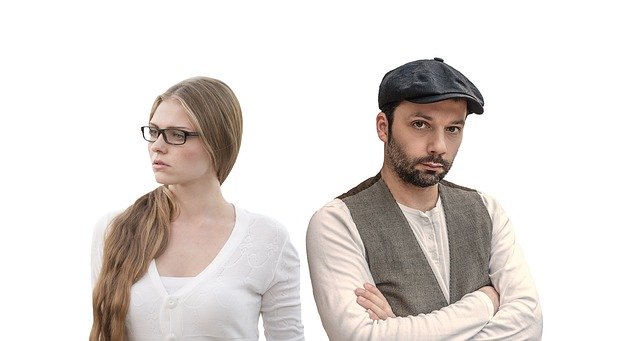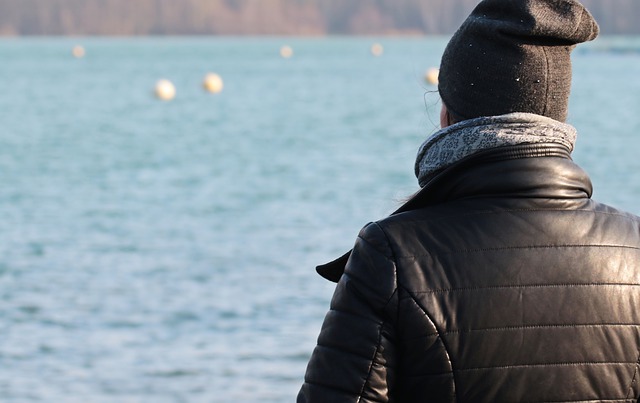Day 1 of the Radically Reframing Aging Summit brought to light many new perspectives on aging, and work, home and city environments that are conducive to a meaningful and enriching life for people as they age. The four presenters represented people drawn from the fields of academic research and the performing arts. They were Professor Laura Carstensen, Dan Buettner, Jamie Lee Curtis and Vanessa Williams. Drawing on their research and personal anecdotes, they strongly reinforced the view expressed by the Convenor, Maria Shriver, that we need to urgently reframe aging because the mainstream view of aging is disabling, denigrating and debilitating.
Laura is professor of Psychology and Public Policy at Stanford University. She is the author of A Long Bright Future in which she challenges current perceptions of aging and promotes practices and approaches conducive to a long and fulfilling life. She argues that ageism is everywhere and particularly in the workplace. She proposes that organisations should readily embrace “age diversity” for the rich mix of talents and experience that it can afford and the demonstrated productivity benefits that ensue. Laura is the founding Director of the Stanford Center for Longevity which has established The New Map of Life initiative which aims to enable people to live century-long lives that are characterised by cognitive, physical and financial wellbeing and enriched by a strong sense of self-worth, purpose and connectedness while contributing to the greater good of society through their wisdom and experience.
Dan Buettner is a multi-faceted individual, who epitomises the capacity and contribution of people as they age. He is a producer, author, explorer, award-winning endurance cyclist, journalist, National Geographic Fellow and sought-after public speaker. He is especially known for his research into super-aging published in his book, The Blue Zones: 9 Lessons for Living Longer from the People Who’ve Lived the Longest (2nd edition). Dan is the Founder of Blue Zones, LLC where he shares his knowledge, research, and lessons learned with individuals, organisations and communities. His community transformation projects have led to the development of communities across America that enjoy higher productivity, lower healthcare costs and recognition as a great location for living, working and playing.
In his summit presentation, Dan stressed the importance of a social network as a key element in achieving a long and fulfilling life. This theme is further developed in a chapter dedicated to this topic in his recent book, The Blue Zones of Happiness: Lessons from the World’s Happiest People. In that chapter, he identifies the desired characteristics of a social network (three or more people)and suggests that a key task in aging is to “curate a social network of healthy, happy friends who care about you.” He draws on the seminal work of Nicholas A. Christakis to demonstrate the positive contagion that can occur within a social network if the chosen participants support your desired lifestyle as you age.
In the Summit, Jamie Lee Curtis and Vanessa Williams were introduced as “groundbreaking public figures”. Their achievements as performing artists and authors alone are mind-boggling. Both have expanded into new arenas in pursuit of creativity and collaboration. They highlighted the fact that ageing brings with it the potential for freedom and the opportunity to do what you want, unconstrained by other people’s perception of who you are or what you are capable of. They were able to bounce off each other’s ideas as they shared the energy and joy that comes with age, experience, personal strength and a positive vision of what is possible.
Reflection
The Summit provided the opportunity to reflect on what is possible to achieve once you move beyond the debilitating mainstream perception of what aging entails. The emphasis on freedom and creativity was exhilarating and energising. Each of the presenters reflected in their own lives and their choices the unlimited potential of aging.
As we grow in mindfulness and develop increasing self-awareness and insight, we can begin to realise the potential of aging and to have the courage to move beyond our own limiting expectations and assumptions and those of others.
_____________________________________
Image by 愚木混株 Cdd20 from Pixabay
By Ron Passfield – Copyright (Creative Commons license, Attribution–Non Commercial–No Derivatives)
Disclosure: If you purchase a product through this site, I may earn a commission which will help to pay for the site, the associated Meetup group, and the resources to support the blog.








